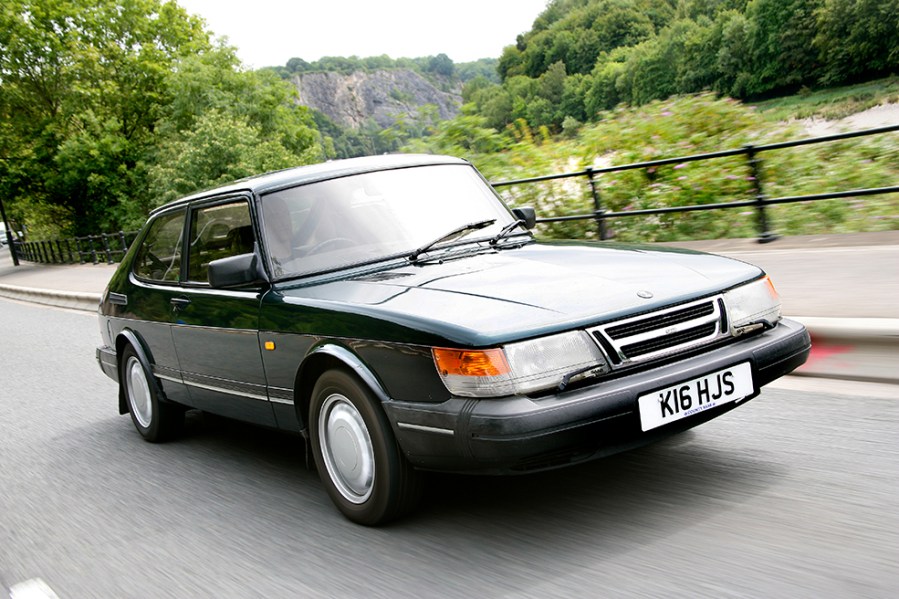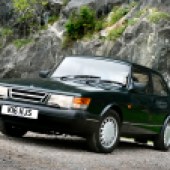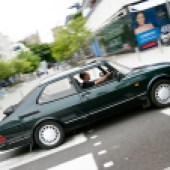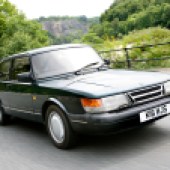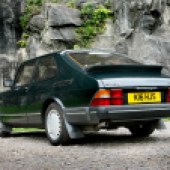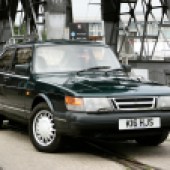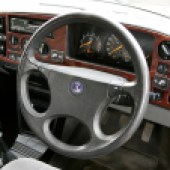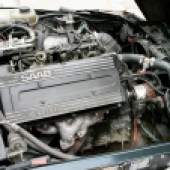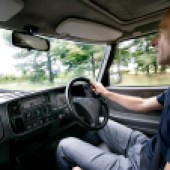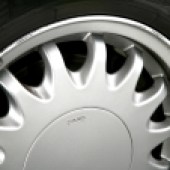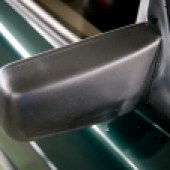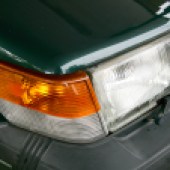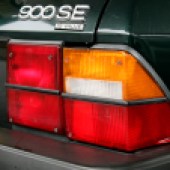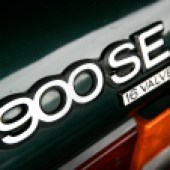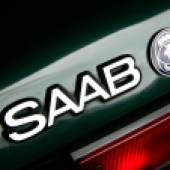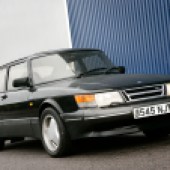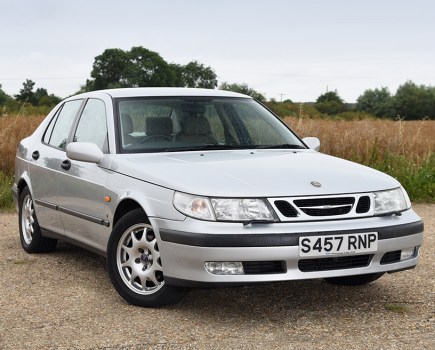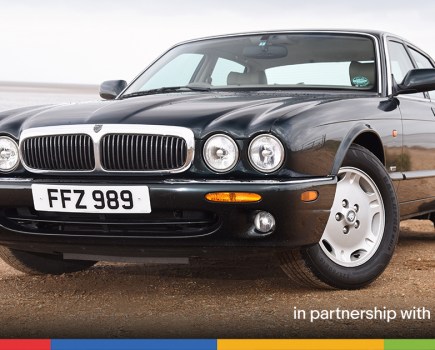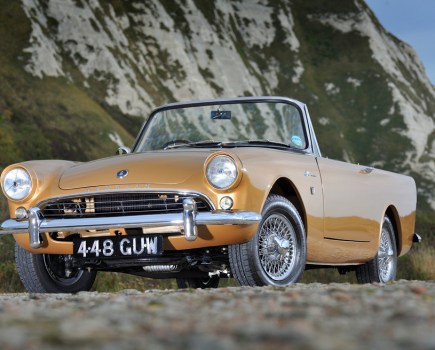A timeless classic with versions to suit most requirements, the Saab 900 has plenty to offer today’s buyer. Here’s how to buy a good one
Words: Paul Guinness Images: Jackie Skelton
The debut of the 900 in 1978 marked an important moment in Saab’s history, taking the Swedish brand further upmarket than ever before. Although derived from the successful 99 range, the 900 was bigger, better equipped and more opulent, while still maintaining its smaller sibling’s 2.0-litre four-cylinder engine and superb front-wheel drive handling.
Not unexpectedly, the new 900 was given the turbocharger treatment as early as 1979, following on from the market-changing 99 Turbo of two years earlier. Power shot up to 145bhp, endowing the 900 Turbo with impressive performance; but five years later came the Turbo 16, with its 16-valve DOHC engine bringing an output of 175bhp. With Saab then removing the roof and creating the hugely popular 900 Convertible in 1986, the range was complete.
In the early days of the Saab 900, the line-up offered several different versions including the GL, twin-carb GLS and fuel-injected GLE, all available in a choice of three- or five-door hatchback body styles. A four-door saloon joined the range in 1982.
A facelift in 1987 saw the addition of new-style headlamps and grille, as well as redesigned bumpers. The 8-valve models were phased out by the end of the decade, while 1990 saw ABS fitted as standard and 1991 brought an interior upgrade. Production of the saloon and hatch models ceased in ’93, with the Convertible remaining on sale until the following year.
These days a first-gen Saab 900 makes a tempting classic, whether you’re looking for a show car or you’re after a daily user. But what needs checking before you buy?

Bodywork
The 900 was a well-built car by standards of the time, easily living up to its maker’s reputation for quality; but this doesn’t mean it won’t rust. Corrosion will take hold of any 900 that’s neglected, and can cause the would-be owner major problems. You need to check the entire underside for rot, as the inner sills, box sections and floorpans can suffer. You should also pay particular attention to the front chassis rails and wishbone mountings, as well as the boot floor, the area around (and under) the battery tray, plus all suspension mounts.
Panels can suffer, particularly all four wheelarches; it’s not unusual to find frayed metal around the plastic-trim edge of each arch. The outer sills should be carefully examined, as should the lower rear of each front wing, the bottom part of the rear quarter panels, the bonnet and the bootlid/tailgate. The bottoms of the doors are also vulnerable; be particularly vigilant if you’re taking on a 900 (such as the Turbo 16S) with deep plastic cladding along each side, as this can keep corrosion hidden from view.
You’ll find certain panels (particularly genuine Saab front wings) hard to find, but most of the essential areas are well covered – and the costs are very competitive when it comes to remanufactured items. SAABits, for example, sells a wide range of panels; and while its front wings aren’t exactly cheap at around £448 each, outer wheelarch repair sections (from less than £66), lower rear corner sections (around £42 each) and lower door repair panels (from £30 or so) all offer great value. You may also be lucky enough to find secondhand panels in good condition and at reasonable prices, so it’s worth checking eBay and the classifieds for potential bargains.

Engine and transmission
The 2.0-litre B-engine used in the 900 was Saab’s redesigned version of the previous Triumph slant-four unit. This was replaced by a heavily reworked version – known as the H-series – for the 1981 model year, and it’s this that’s the more robust. In both turbocharged and normally aspirated guises it’s a strong unit and, if properly maintained, will often achieve up to 250,000 miles without requiring a rebuild. Timing chains start getting noisy at less than 150,000 miles, though – or at lower mileages if the car hasn’t been treated to regular oil changes. You should also check for signs of head gasket failure, which isn’t uncommon on high-mileage or neglected cars.
The 900 Turbo’s Garrett T3 turbocharger is a very reliable and durable unit, particularly the later water-cooled (rather than oil-cooled) versions. On your test drive, though, do check for excessive smoke and make sure the turbo is working as it should, with an unmistakable surge in acceleration as the revs rise. If the turbo should fail, reconditioned replacements are available from companies like Turbo Developments, which charges £480 for an exchange unit. It’s not unknown for the Bosch APC (Automatic Performance Control) to fail and cause rough running.
The five-speed manual gearbox fitted to most 900s isn’t as reliable as the engine, and needs checking carefully before you take the plunge. A noisy lay-shaft bearing isn’t unheard of, and neither is a tendency for the car to jump out of third and fourth gear due to general wear. Worn synchromesh is also fairly common, as is a lost tooth or two on reverse gear. The optional automatic transmission was slightly more robust, but make sure changes up and down the ’box are smooth and that kickdown works as it should.
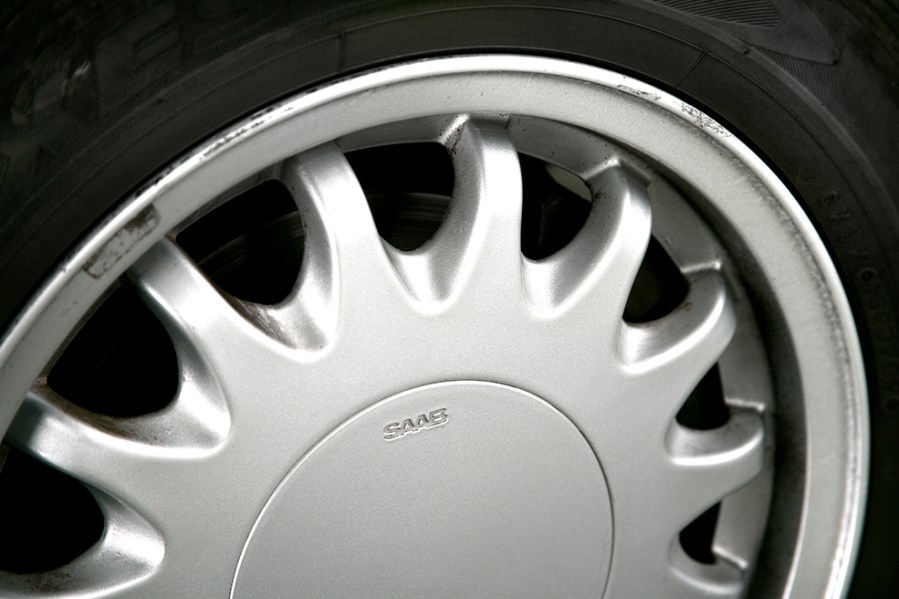
Suspension, steering and brakes
Saab 900s feature independent front suspension that uses pressed steel upper and lower A-arms. The lower arms incorporate a pivoting lower spring perch that was designed to eliminate any binding of the coil spring during compression. Both A-arms are mounted with large cast-aluminium brackets with rubber bushings, and thin shims are used for adjusting alignment, including camber and caster.
The back end of a 900 has a rigid axle located with upper and lower longitudinal links plus a transverse-mounted Panhard bar to locate it side-to-side. Unlike up front, there’s no provision for adjusting the rear suspension’s alignment.
When inspecting any 900, check for signs of general wear, fluid leaks and so on. Dampers and springs can sag on higher-mileage cars, but replacements aren’t expensive, with SAABits selling new shock absorbers from as little as £40 each, while new springs cost from around £63. Make sure you check the condition of the driveshaft boots and all bushes, and listen out for clicking CV joints. Also, be on the look-out for power steering leaks. Most components are reasonably priced, but you need to factor in the cost of labour if you’re taking on a car in need of work and you’re not a fan of DIY.

Interior, trim and electronics
The different fabric upholsteries used throughout the 900’s long production run were all decent quality, which means that seats take high mileages in their stride. The most vulnerable areas are the side bolsters of both fronts, so check these carefully. If the 900 you’re thinking of buying has leather upholstery, this will need to be in good order if you’re to avoid hefty bills. You should also carefully inspect a 900’s headlining (which is renowned for sagging) and the top of its dashboard (an area prone to cracking).
Among the bestselling 900s was the Convertible, particularly in the UK. They can often be temptingly cheap if their hoods are showing signs of wear. Make sure that the electric hood mechanism is working as it should, and that the hood lowers and lifts properly; also check the interior of the car for signs of previous leaks around the hood.
A tatty hood shouldn’t necessarily deter a 900 buyer and can make a useful bargaining point – but you should be aware of the potential costs involved. Parts for Saabs (www.partsforsaabs.com) sells brand new replacement hoods (made to original specification) for just under £800, but if you need one that includes the heated glass rear window you’ll be looking at a bill of £1300-plus. And if the headlining also needs changing, this will add a further £667.
Saab electrics are generally robust but still need checking carefully. Standard equipment on later models included headlamp washers (which are tricky to replace) and heated seats (which can suffer from damaged elements), so be vigilant in your pre-purchase checks.

Saab 900: our verdict
In many ways, the original Saab 900 has it all. Distinctive good looks, decent build quality, a choice of saloon, hatchback and soft-top body styles, plus the option of turbocharged versions for the power-hungry among us. Even the regular non-turbo models are rewarding to drive, offering the kind of solid feel and front-wheel drive versatility that Saab fans appreciate. It’s a classic that can be pressed into service as a daily user with ease, and is just as at home on the school run as it is doing the classic show circuit.
Whichever model appeals the most (or, more likely, falls easily within your available budget), you’re getting a car that’s as charismatic as it is practical, as entertaining as it is hard-working. Find a well-preserved example with proof of regular maintenance and you’ll be making one of the best decisions of your classic motoring career.
With such a wide range of different derivatives available, 900 values vary hugely – which means there’s likely to be one that falls within your budget. Values have risen in recent years, but there’s still plenty of temptation on offer. Projects can be found from less than £1000, while as little as £2000–3000 can be enough to find an MoT’d non-turbo 900 in good condition, although around £4000–5000 will ensure you’re getting one that’s really well-presented.
900 Turbos in reasonable order start at £3000-plus, though you can pay up to £15,000 for something like a T16 or Aero in outstanding condition; around £7000–8000 should get you a very smart standard-spec 900 Turbo with lots of history. If you crave a 900 Convertible, then MoT’d projects can be yours from less than £2500, while a low-mileage survivor in great condition can be £10,000–12,000.
Bargains can sometimes be found at auction, including the tidy 1991 900i three-door that sold with ACA a few months back for just over £2400, while a 1989 900 Turbo 16v in good order achieved just shy of £4000 with the same auction house a few weeks later. Keep scouring the latest listings and you might just find your ideal car.
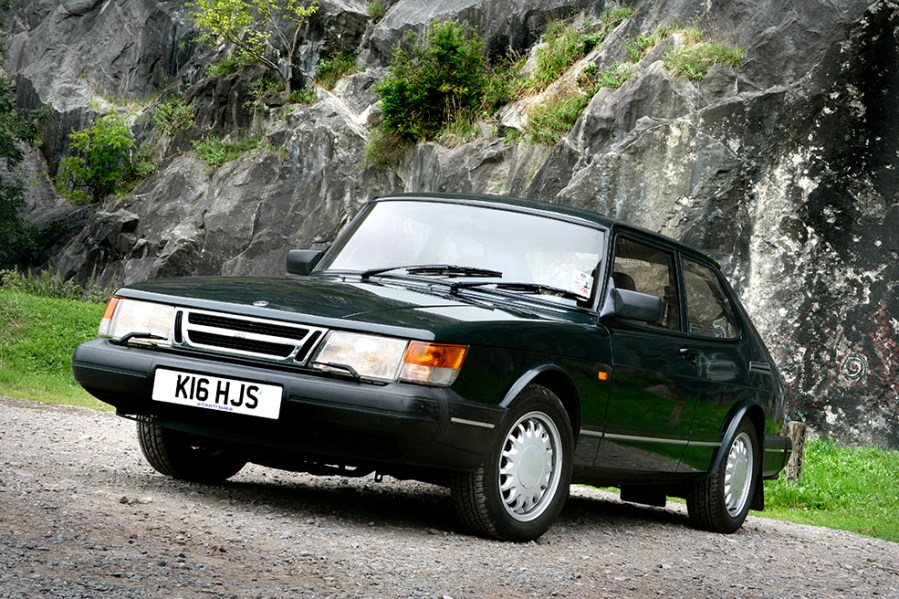
Saab 900 timeline
1978
Saab 900 launches as three- or five-door hatchback
1979
Turbocharged version added to the range
1980
Upgraded engine – known as H-series – arrives, plus five-speed gearbox
1981
Four-door saloon added, to be followed later by two-door
1984
175bhp Turbo 16S DOHC flagship debuts, with 16 valves and intercooler
1986
New 900 Convertible enters production; standard 900 Turbo boosted to 155bhp
1987
Front-end restyle brings new slanted look plus new headlamps and grille
1990
900 T16 and light-pressure 8v Turbo replaced by 900S 16v with light-pressure turbo
1991
Interior refreshed with improved seating and updated trim
1993
Production of saloons and hatchbacks ceases (Convertible lasts until ’94)
1994
Original 900 replaced by new ‘NG’ generation

